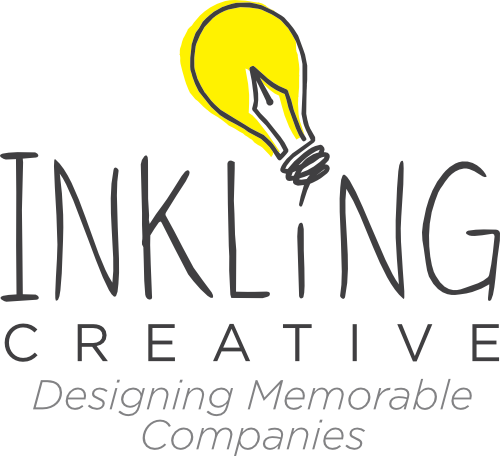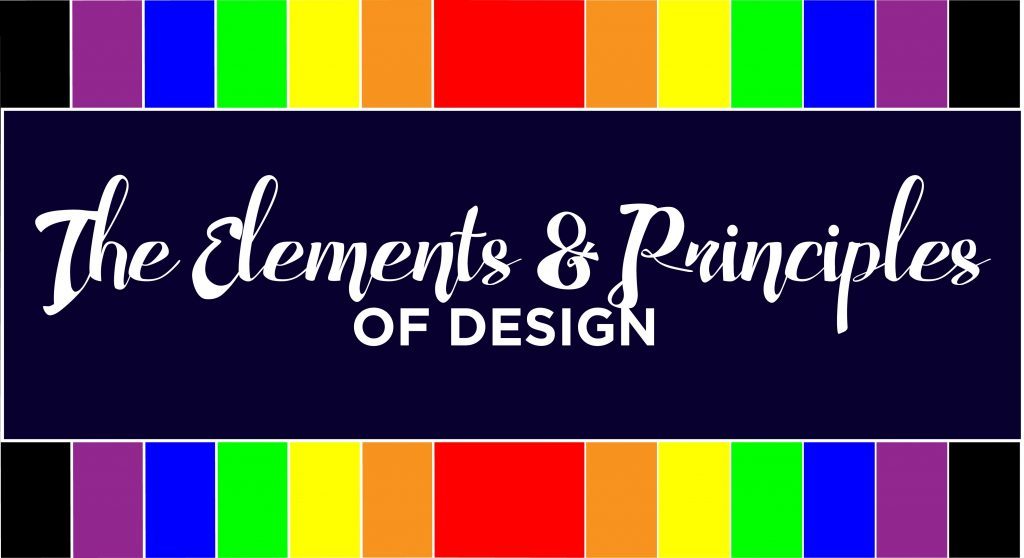Whether designing with Adobe Creative Cloud, Microsoft PowerPoint, or Paint, some design just works.
And some very clearly doesn’t.
What is it that makes a design effective or ineffective? It is these principles that we will seek to explain in this series of blog posts.
More...
One of the basics the beginners learn in art classes is what artists call the elements and principles of design. These are the components and rules that every design and every designer must take into consideration when creating a design.
The elements of design are the basic pieces that an artist uses to create a design. The principles are the rules by which every piece of art is deemed to be more or less effective.
Elements
“What exactly is an element of design?” you may ask. According to dictionary.com, an element is “a component or constituent of a whole or one of the parts into which a whole may be resolved by analysis.”
An element of design is no different.
Essentially, it is what the design or piece of art is made up of. It is one of the basic pieces, or building blocks of a design. Amongst professionals, there is variation on what the basic elements of design are.
However, I believe they can be boiled down to five main components: line, shape, space, color, and texture. Each of these components can be considered a category though, as there are many other “elements” that fall under the each category.
Principles
A principle is a general law or rule from which all other rules or guidelines come.
As such, a principle of design is a general rule followed when making a design. If the elements are the “building blocks” of a design, a principle is the contract by which these building blocks must abide.
A principle of design is not itself the blueprint, but rather the “best practices.” These, like the elements can all be summed up into seven categories or ideas: balance, proportion, emphasis, movement, unity, and variety.
BUT WAIT! What about those people that say rules are meant to be broken? I hear artists say that all the time! All this talk about elements and principles…what’s the point of talking about them if the rules are meant to be broken?
While I will not vouch for that statement outside of the realm of art, there is effective art that does not abide by the norm. In many cases, the effectiveness of a piece of art can be very subjective. Often, this can go back to the artist’s goal when creating.
In this case, the art’s effectiveness would be for the artist to determine. However, I believe there is much merit in knowing these principles before one can effectively break them.
I believe there is much merit in knowing these principles before one can effectively break them.
Over the coming weeks we will take these elements and principles a few at a time. We will discuss what they are and how to effectively use them so that you can better know how to recognize them or incorporate them into your art.

